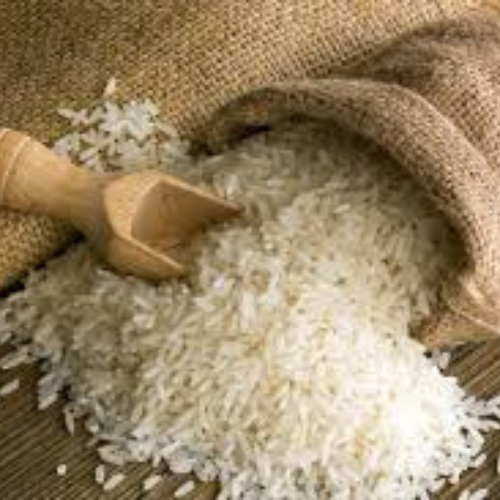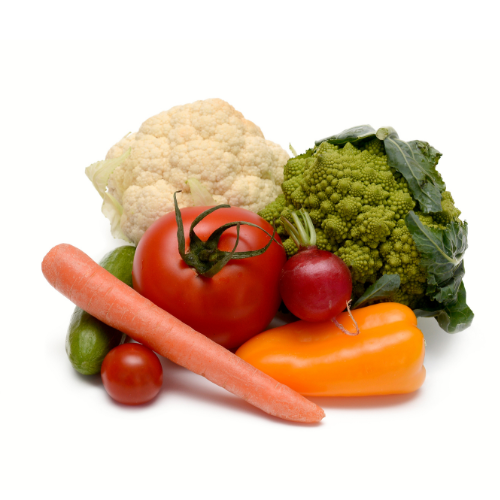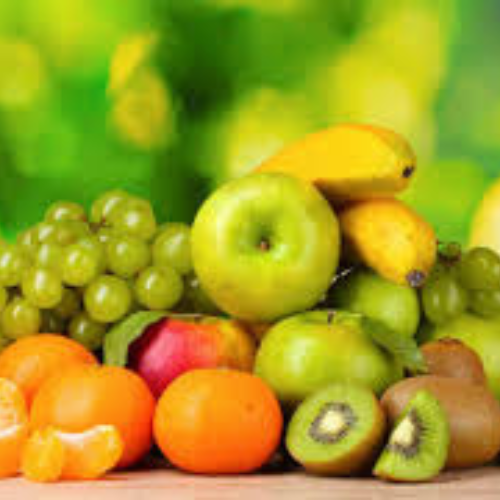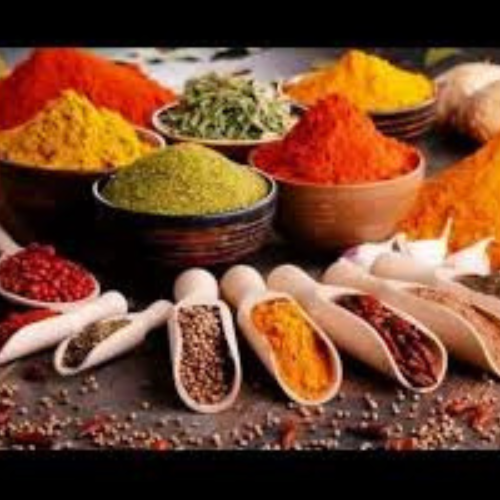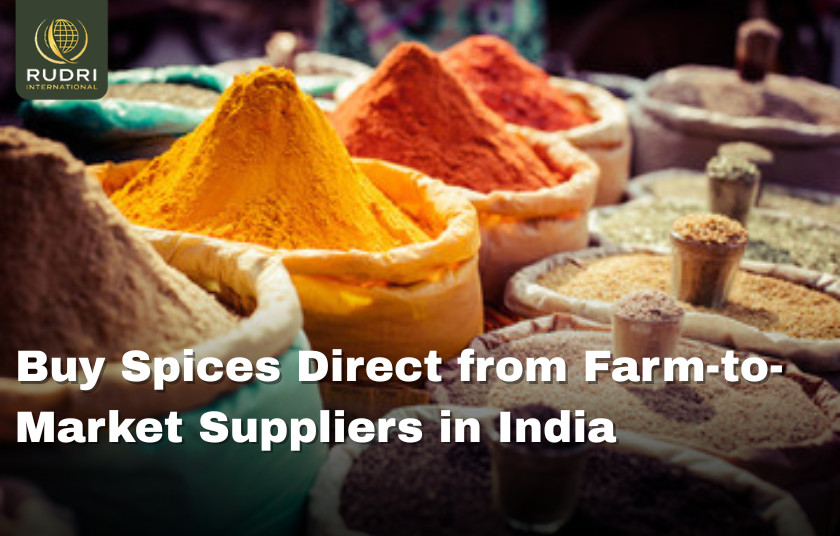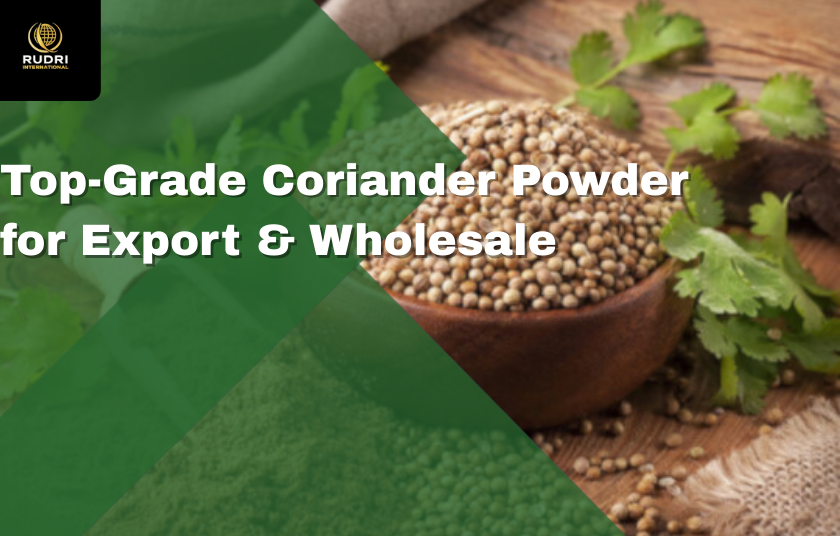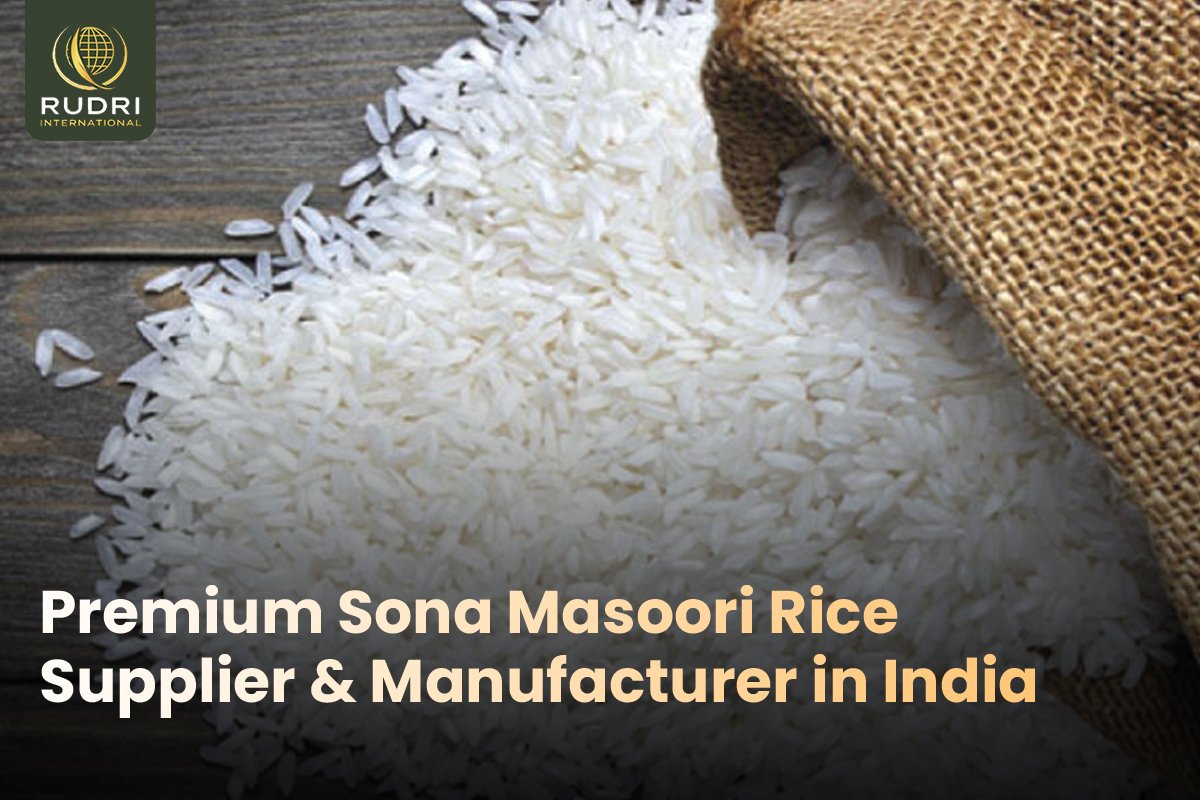Top Vegetable Suppliers in India for Wholesale Global Orders
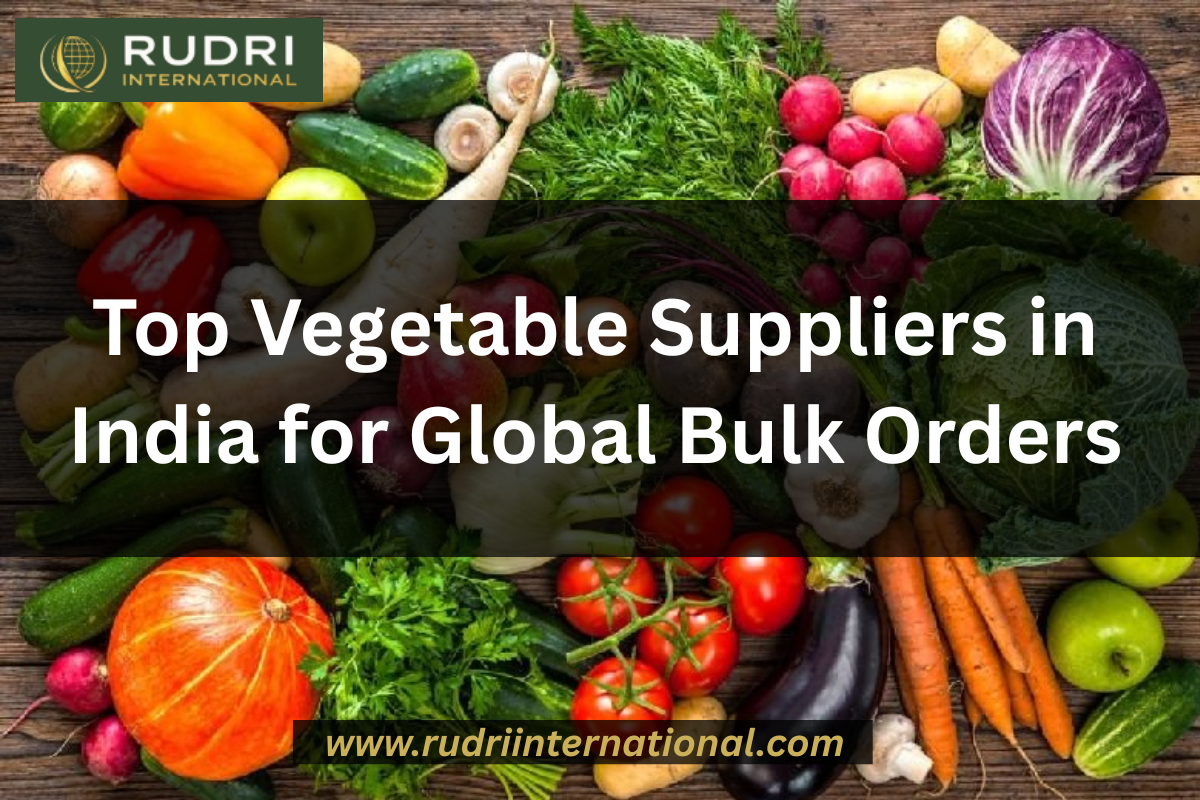
What Happens When a Global Buyer Meets Indian Vegetables?
You’ve got contracts lined up with supermarket chains in Dubai. They're asking for 18 metric tonnes of okra every week—uniform length, low pesticide residue, zero tolerance for late delivery. You’ve tried Thailand, Vietnam, even Tunisia. But every time, you end up babysitting the supplier, chasing emails, fixing logistics, or worse—replacing 40% of the consignment due to spoilage.
And just when your margins are bleeding, someone mentions a vegetable supplier in India. Not a flashy one. Not the cheapest. But one whose every pallet comes with precision, traceability, and confidence.
You pause. Try one container.
Two months later, your buyers are complimenting your supply chain. And you? You just discovered the difference between trading and partnership.
Why India is Becoming the World’s Trusted Basket of Greens
India’s strength isn’t just that it produces vegetables—it’s that it produces custom-fit solutions.
Where else can you find year-round availability of okra, green chili, brinjal, bitter gourd, and drumsticks? Where else do you get crops cultivated in multiple agro-climatic zones, enabling rotation, bulk capacity, and risk buffering?
Indian vegetable export isn’t just growing—it’s maturing. Over the last five years, India has transitioned from being a commodity shipper to a value-based source.
Let’s talk real-world.
A food distribution company in Doha once operated on a 6-supplier model—scattered across Southeast Asia and Africa. After inconsistent specs and an importer’s nightmare with health inspections, they transitioned to a consolidated Indian supplier—who not only offered volume flexibility but sent lab-tested reports before the cargo hit port.
The outcome?
- 42% fewer buyer complaints
- Shelf life extended by 1.8 days
- Improved payment cycles due to importer confidence
India didn’t just meet demand—it de-risked it.
From Indian Soil to Global Supermarkets—A Journey of Assurance
Let’s lift the curtain on what should happen before vegetables reach your warehouse.
It starts in Indian farms where GAP-compliant cultivation is gaining pace—driven by exporters who no longer gamble with quality. Crops are harvested early morning, pre-cooled within hours, and passed through multi-stage grading units. Damaged pods? Rejected. Substandard pieces? Diverted. Only export-fit produce is packaged—using breathable liners, wax coatings, or perforated crates, depending on the destination climate.
But what separates elite exporters from the rest?
It’s the process discipline.
- QR-based carton tracking
- Blockchain-led traceability
- Barcode-mapped farms linked to test labs
- Digitalized inventory and shipment logs
These aren’t dreams. They're already SOPs for certain suppliers—those aligned with long-term, global food compliance expectations.
They’re not visible on flashy trade portals. But they’re winning accounts silently, shipment after shipment.
Recent Trends Shaping India’s Vegetable Export Industry
We’re entering a new chapter.
The global vegetable market is projected to touch $750 billion by 2030, and India is shaping its strategy to command a greater share. Here's how:
- Tech-led integration: Exporters are collaborating with agri-tech platforms to monitor soil health, weather, and even harvest cycles using AI-driven forecasting.
- Post-harvest innovation: Pre-cooling tunnels, solar-powered cold rooms, and controlled atmosphere packaging are becoming accessible in second-tier towns.
- Policy support: Government schemes like the “Agri Export Policy” and APEDA-backed traceability projects have brought structure to previously chaotic export pipelines.
Even ports like Kandla and Mundra now offer green lanes for perishables—cutting dwell time and reducing cargo stress.
And let’s not forget the private push—some suppliers now run NABL-accredited in-house labs to ensure cargo clears customs in one go.
Three Facts Every Importer Should Know Before Sourcing from India
- India’s vegetable output surpassed 205 million tonnes in 2023, making it the second-largest producer globally—but among the most diversified in product and climate range.
- The top 5 Indian vegetable exports by volume are: okra, bitter gourd, green chili, drumsticks, and baby corn—largely bound for the Middle East, UK, and Africa.
- Suppliers working with APEDA and FPO aggregators can offer end-to-end digital traceability, from field-level pesticide data to packing timestamps.
Meet the Top Vegetable Suppliers in India—Serving the Globe
There’s no shortage of vendors. But there’s a short supply of those who can deliver bulk vegetables for export while upholding regulatory discipline and cargo performance across geographies.
Here’s what the best ones look like:
- Precision exporters: Based in Gujarat and Maharashtra, these players operate integrated supply chains from farm to port, using automated pre-cleaning, shrink-wrapped cartons, and real-time tracking.
- Organic specialists: Found in Karnataka and Tamil Nadu, these suppliers maintain small-batch consistency, EU MRL compliance, and ship lab reports alongside every consignment.
- High-volume aggregators: Located in Madhya Pradesh and UP, they consolidate produce from 200+ smallholders into unified export loads—ideal for buyers seeking MOQs of 10 MT or higher.
- Retail export packers: From Andhra Pradesh, these suppliers handle direct-to-shelf packs for foreign supermarkets—branded, labeled, and packed in English, Arabic, or French.
What sets them apart?
Their discipline. Their documentation. Their design for scale—not just shipment.
Case Study: From Missed Shipments to Market Leadership—How One German Importer Transformed Their Sourcing Strategy
Let’s talk metrics.
In early 2022, a mid-size organic food importer in Hamburg saw 3 failed shipments in 5 months. The culprit? Poor cold chain compliance from a Southeast Asian supplier. Between delays, spoilage, and customs rejections, they nearly lost 4 key clients.
Enter: a West India–based exporter.
Here’s what changed:
- Delivery timeliness rose to 98.4%
- Complaint rates dropped by 44%
- Their buyer NPS score (Net Promoter Score) increased from 6.3 to 9.2 in just 4 months
- A new 3-year supply contract was signed—with 12% higher value—because confidence had finally returned
No aggressive sales pitch. No desperate pricing. Just a supplier who understood compliance, communication, and consistency.
Choosing the Right Vegetable Supplier in India—Your Checklist
Before you sign your next LOI or pre-book a container, ask these 5 critical questions:
- Are they FSSAI, APEDA, and export certified?
- Do they provide pre-shipment quality checks and documentation?
- Can they ensure temperature control and humidity regulation during transit?
- Do they offer real-time shipment tracking and proactive communication?
- Have they handled your destination market before—with proof?
If they tick all five, you’ve found more than a vendor. You’ve found a partner.
And it’s suppliers like these who’ll shape the next decade of India’s agro-export narrative.
What’s Next? The Future of Vegetable Export is Premium, Predictable, and Purpose-Driven
India is fast becoming not just a source—but a brand.
Smart exporters are now bundling data with vegetables: shelf-life reports, nutritional profiles, sustainability ratings. Buyers are requesting zero-residue compliance and climate-adaptive variants, while suppliers are responding with predictive crop calendars and IoT-monitored cold stores.
The result?
A shift from commodity trade to purpose-led procurement.
India’s strength will no longer lie in “how much” it grows—but in how it delivers.
The Smartest Importers Know This: The Right Partner Changes Everything
Some suppliers send shipments. Others deliver promises.
That’s why a growing number of discerning global buyers—from Germany and the UK to the UAE and East Africa—are choosing Rudri International. Not just for its ability to source bulk vegetables for export, but because it represents what India’s best stands for: precision, ethics, traceability, and unmatched commitment.
Rudri doesn’t just export.
It represents India with integrity—shipment after shipment, silently powering your shelves and building your buyer trust.
Because vegetables perish.
But credibility doesn’t.

